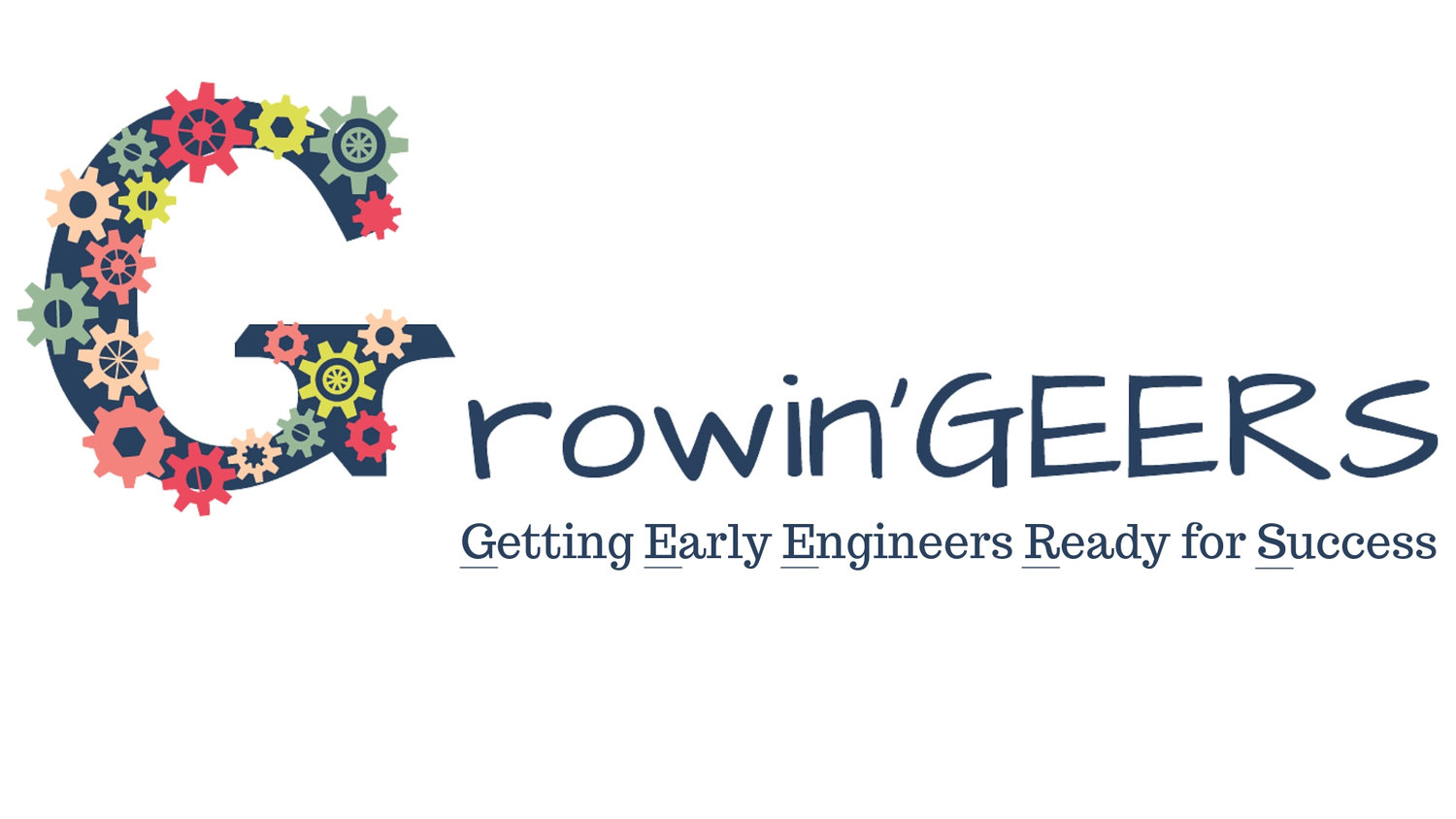There are some technologies that have without a doubt changed the world for the better, and some that are definitely debatable. However, we wanted to drill into 3 technologies that changes the game for mothers and still to this day
Washing Machines
We are going to throw it back to an invention that truly changed the game for all humans that appreciate a clean pair of underwear, but especially moms with a household full of dirty laundry. The washing machine changed a task that some used to spend multiple days in a week working to complete. From making your own soap, hand scrubbing all items, then wringing, drying, and pressing them, the task of laundry has drastically changed thanks to the glorious washing machine. It goes hand in hand with the dishwasher and the vacuum to change time consuming tasks to tasks that can be done in a fraction of the time. With these types of inventions, moms have the ability to spend their time on other things such as working, furthering their education, or spending more time with their families.
In addition, with the movement of household chores being a shared task among husband and wife, washing machines have been a huge part of sharing that duty across genders and have helped to balance that workload. So, needless to say, we love those beautiful machines.
Wireless Breast Pump
Now, lets take a dive into a newer technology that current day moms seem to be pretty jazzed about: wireless breast pumps. According to Pinterest's Top Trends for 2019, searches for wireless breast pumps was up 118%. And who is shocked? Not us! In comparison traditional design of a breast pump, a mother is tethered to a machine with minimal ability to multitask. With the option of a wireless breast pump, a mother can carry on with her busy schedule while still pumping at the same time. Why didn't someone think about this sooner? We were thinking the same thing! In addition to being able to multitask, these new age breast pumps give moms real time data on how much milk they are producing and their pumping history for each breast. The types of technologies that really stick are the ones that serve a problem that plagues many over time. And with new moms as busy as ever, gaining some more multitasking time in the day is just the ticket.
Video Baby Monitors
We are sure some mothers might disagree, but according to most of the new moms we've met, the technological advances in baby monitors makes a night and day difference. The changes made to baby monitors in the past 20 years have moved the world from monitoring your baby through a traditional walkie talkie to actually being able to take a live video feed of your baby with you on your phone. Now, not that this allows for parents to leave their babies, but new mothers we have talked to have praised the ability to see if their baby is truly awake or just a bit restless before they work themselves back to sleep. The peace of mind that comes with being able to see your baby can do wonders for a new mom, and this technological advance definitely gives moms a bit more insight into what is going on in between cries and gurgles while baby is supposed to be sleeping!
Any thoughts on technologies that have changed your world as a mom? We would love to hear them! Comment below!


